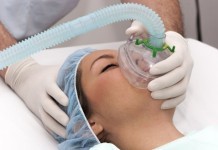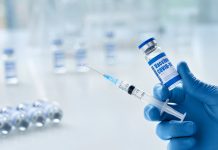LONG ISLAND, NY – Recent trends in the business of medicine have focused on the patient as the center of care. Accordingly, patient satisfaction scores have become the most valued metric to many hospital administrators, impacting both compensation and job security of its hospital’s employees. Unfortunately, when a patient dies, they are unable to provide feedback for their final procedure: the autopsy. But local hospital administrator Dr. Michael Brown seeks to change that by hiring a psychic to contact deceased patients and administer patient satisfaction surveys.
 “These surveys are designed to get feedback from patients who have passed on regarding their satisfaction with the pathologist and with the autopsy procedure in general,” says Dr. Brown. “To this point, we’ve been forced to evaluate our pathologists based on useless measurements like ‘accuracy of diagnosis’ and ‘quality of reports.’ But now, with the help of our psychic, the patient’s voice can finally be heard.”
“These surveys are designed to get feedback from patients who have passed on regarding their satisfaction with the pathologist and with the autopsy procedure in general,” says Dr. Brown. “To this point, we’ve been forced to evaluate our pathologists based on useless measurements like ‘accuracy of diagnosis’ and ‘quality of reports.’ But now, with the help of our psychic, the patient’s voice can finally be heard.”
Early survey results have not been favorable for the pathologists. One patient contacted said that he was overall satisfied with his autopsy, except for “the part where they cut me open and took out all of my organs.” Another patient complained about the unsightly scars, saying she’ll never be able to wear bikinis in public again as a result of the procedure. Another patient reported that despite being fully gowned, her pathologist forgot to wash his hands before the procedure.
But the most common complaint has been that the pathologists aren’t getting their patient’s disembodied spirit involved in the autopsy. “He just came in, with no introductions, no time-out, and started the procedure,” says Dana Ryan, a recent autopsee. “He didn’t talk me through it at all, and never once made eye contact with me. It was very unprofessional.” The Joint Commission has been notified of these timeout-less procedures.
With the help of the psychic, pathologists will now be required to obtain informed consent before performing an autopsy. They will also be expected to schedule follow-up appointments with their patients’ ghosts, in order to establish continuity of care. “At the end of the day, pathologists are physicians, and physicians care for their patients,” says Dr. Brown. “That caring relationship should not end with the patient’s death. It must follow on into the next life and beyond. Anything less is a disservice to our customers.”







